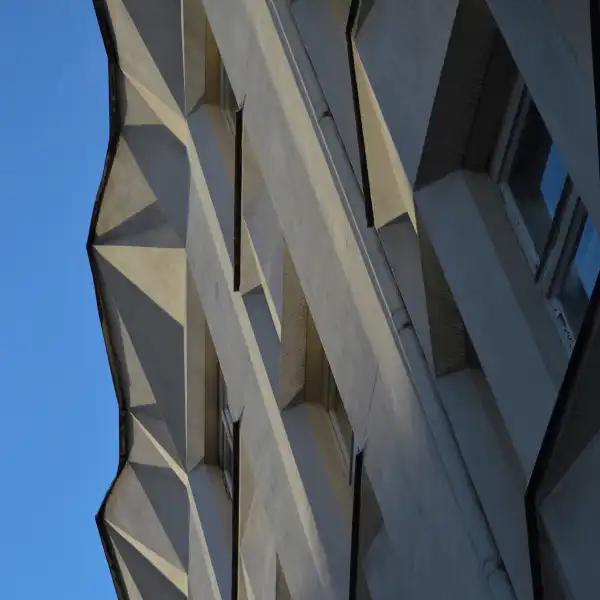Prager’s Route
When it's Prague, it's Prager
Brutal, selfish, and aggressive, but also airy, humble, and considerate. On a walk through the works of the acclaimed and misunderstood Czech architect, known as the Prager Route, you will form your own opinion. Come with us on a journey that leads past well-known and lesser-known creations of Karel Prager, who designed buildings in the second half of the last century. The journey begins at the Center of Architecture and Urban Planning, in collaboration with which the route was created! Cubes, Boiler House, Federal Building, Nona, and Kája and Bedřich’s House! At the end of the walk, you will know a little more about Czech architecture.

Duration:
1 hodina 10 minut
Number of stops:
5 + 3
Lenght:
5,5 km
MHD start:
Karlovo náměstí
MHD end:
Anděl
Prager’s Cubes
Architect: Karel Prager
Year of completion: 1973
The complex of the former Association of Project Studios and later the headquarters of the Prague City Construction and its Project Institute is located in the area of the Emauzy Abbey. In contrast to the historic neo-Gothic architecture, three modernist cubes stand, levitating above the green park. Today, the Institute of Planning and Development of the City of Prague is located here, and the buildings serve the same purpose for which they were designed. The complex consists of three pavilions and a ground-floor building, which houses an exhibition hall originally intended for the Baucenter but now serves as the space for the Center for Architecture and Metropolitan Planning (CAMP). All three mentioned pavilions function on the same principle. The steel structure of the base with communication cores helps distribute the weight of the cantilevered parts with offices and a lightweight suspended facade. It is thanks to the cantilevers reaching up to six meters that the building is nicknamed “Prague Cubes”. Originally, the complex was supposed to have five parts, but the subsequent stages of implementation never took place. Instead of a massive corner building facing Karlovo náměstí, there are original tenement houses standing here.

Central Boiler Room in Karlov
Architect: Karel Prager
Year of completion: 1993
Originally, Karel Prager designed an extensive hospital complex on Charles Square which would complement the magnificent building of the Provincial Maternity Hospital on Apolinářská Street. The center of the complex was supposed to be a pair of extensive modular pavilions, but the construction never took place. The project was terminated in 1989, and the only thing that was built was the boiler room necessary for the operation of the existing buildings. The building from the 1990s stands out at first glance with a pyramid-shaped chimney protruding from the roof and steel beams connecting it to the ground. The prominent structural framework is painted red and complemented by triangular windows. The building’s façade is made of ceramic cladding. The southern and eastern parts of the roof are glazed, and the entire building has a footprint of 26 x 26 meters.
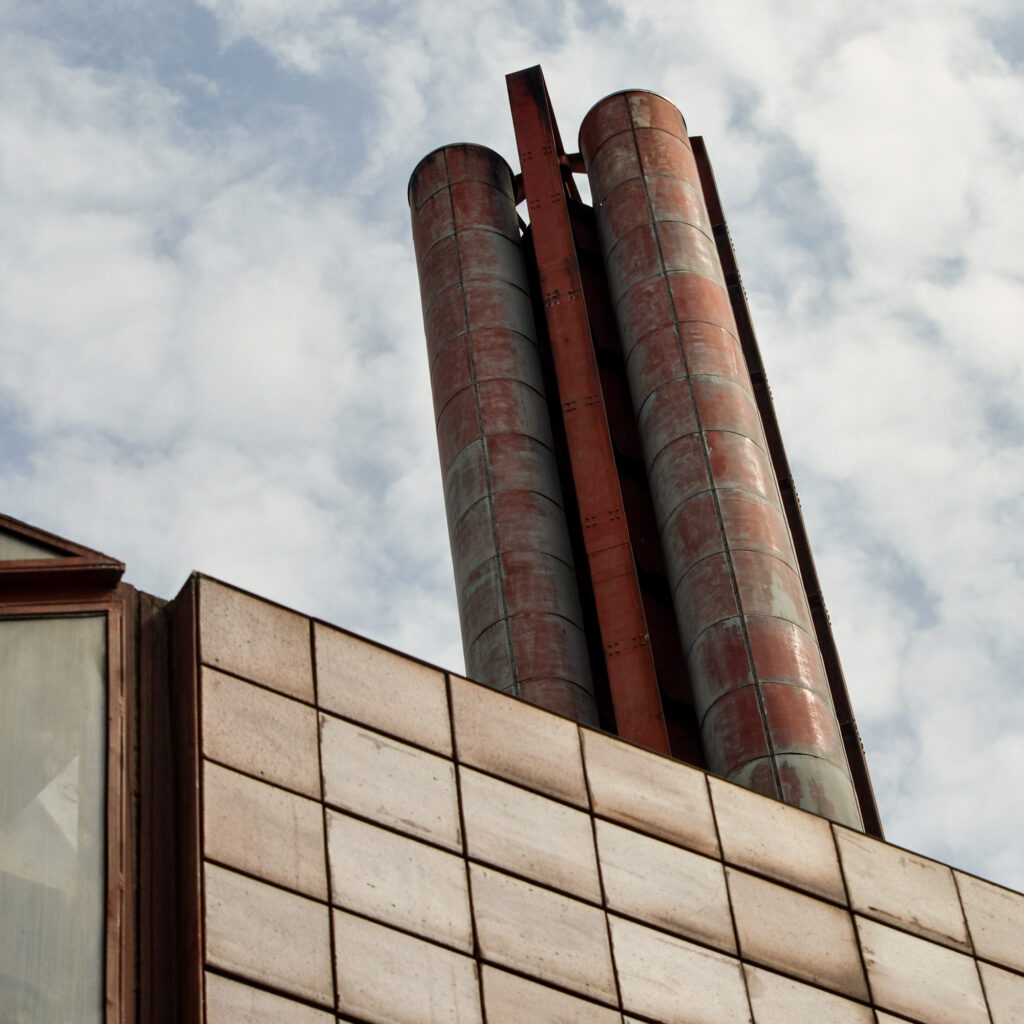
The New Stage of the National Theatre
Architect: Karel Prager
Year of completion: 1983
The New Stage of the National Theatre occupies the gap created by the demolition of the Choura houses, which were in a desolate state in the 1950s. In the initial design by Bohuslav Fuchs, who unfortunately passed away shortly after its completion, and the project was taken over by Pavel Kupka, a cultural palace serving the city was supposed to be built in this location. However, when Prague gained access to the Palace of Culture in Vyšehrad, the original plan was abandoned. Meanwhile, construction had already begun in the gap, and the project had to be completely reworked on the fly to accommodate the needs of the National Theatre. Karel Prager was the only one who could accept this grand challenge with all its conditions, including the limited time frame for opening the New Stage on the 100th anniversary of the reopening of the National Theatre. Prager supplemented and systematically modified the original steel structure from Fuchs’ design to create a theater hall. The interior and exterior are artistically conceived, making the building a large architectural sculpture. The façade is made up of hand-blown glass panels according to the design by Stanislav Libenský and Jaroslava Brychtová. Although it may not seem so, it was necessary to design and produce over 120 different modifications of glass molds.

The New Building of the National Museum
Architect: Karel Prager, Jiří Kadeřábek, Jiří Albrecht
Year of completion: 1974
The former seat of the Federal Assembly, also known as the New Building of the National Museum, is located above a house in the form of Prager’s extension on the upper side of Wenceslas Square. It was created for the needs of the former parliament, which was temporarily relocated to the building of the former stock exchange after moving from Rudolfinum. However, that building was neither technically nor spatially sufficient, so it had to be expanded until a new representative seat was built on Letná, which never materialized. The design by the trio Prager-Albrecht-Kadeřábek won the announced competition, in which the preservation of the protected stock exchange building was a condition. Their design surprised the jury with its unconventional approach. A quartet of lattice girders metaphorically levitates above the historic building as the basic framework of the new structure, which surrounds the original building from three sides and elegantly hovers above it. Since 2009, the building has been under the administration of the National Museum and is connected to the historic museum building by an underground tunnel.

Commercial Bank and Rental Apartment Buildings in Smíchov
Architect: Karel Prager
Year of completion: 1992
Karel Prager was not just an architect and builder, but also a great visionary. For Prague 5, he devised a concept promising a better quality of life for local residents through radical changes in Štefánikova Street. Instead of a pedestrian zone or extensive demolitions, only an octagonal pyramid-like structure and two residential buildings were eventually built. The first mentioned structure, the Komerční Banka building, has been standing at the intersection since 1992. It visually harmonizes with the adjacent residential complex, and its shape has sometimes earned it the nickname “bunker,” which also reflects Prager’s intention of envisioning the building as a large bank vault. Noteworthy features include the ceramic cladding and the regular layout of windows on each of the eight sides. The windows are arranged on two floors and protected by a glass wall. The KB building still evokes mixed emotions, which also speaks to Prager’s unconventional approach to architecture.
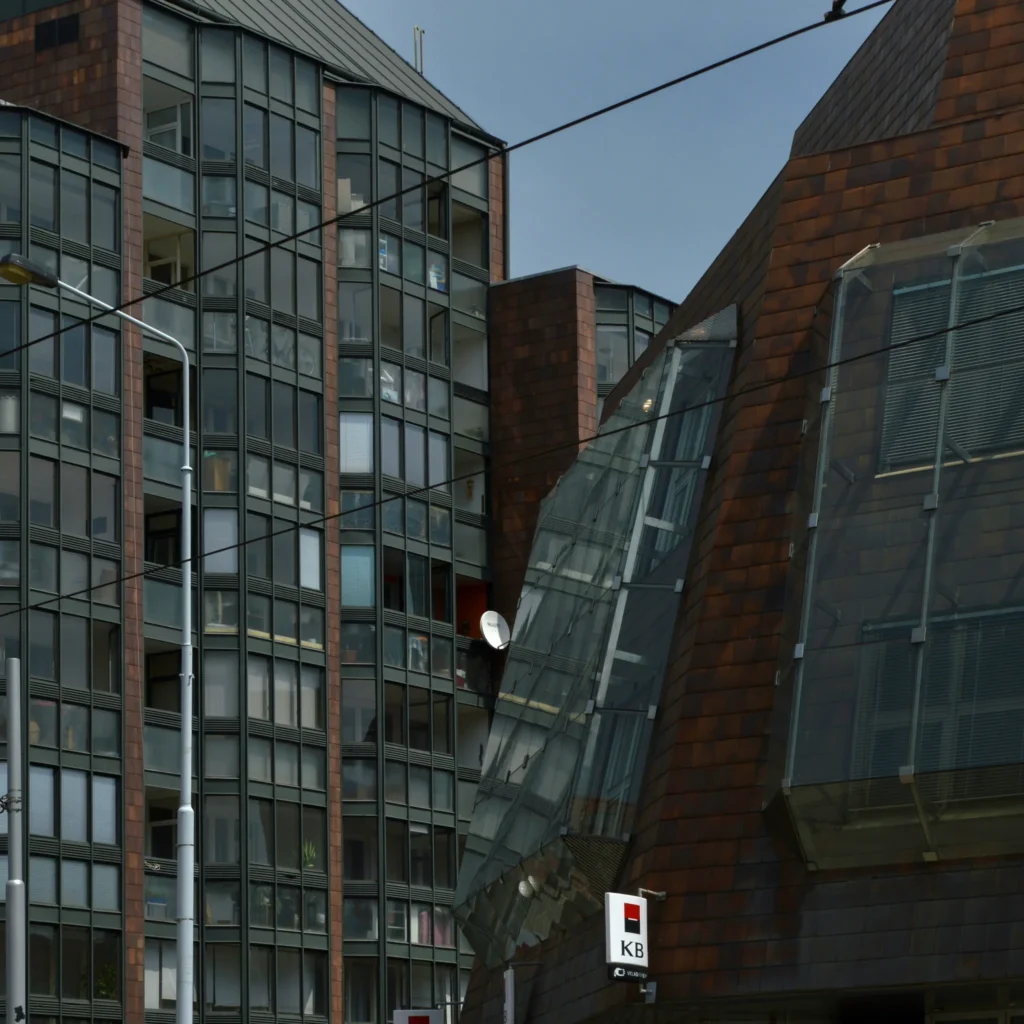
Zastávky mimo trasu
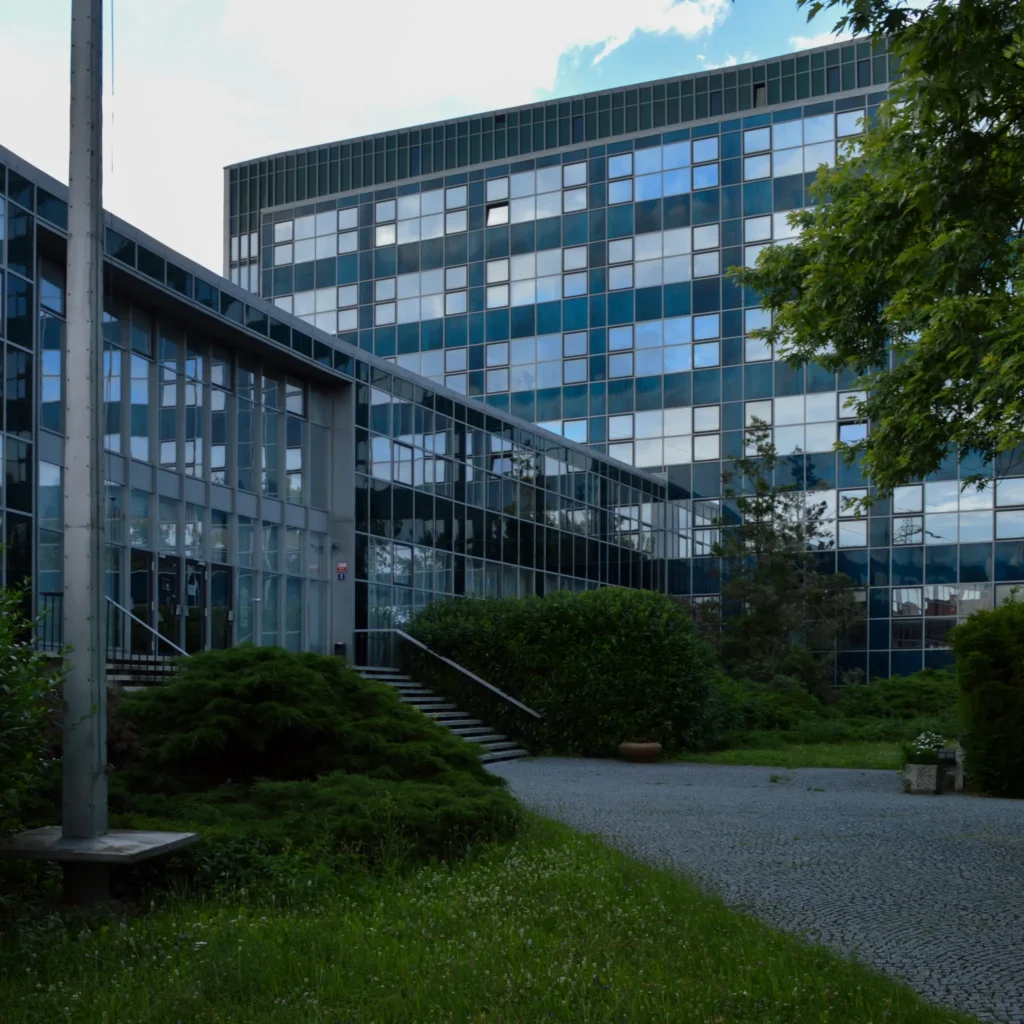
The Institute of Macromolecular Chemistry
Architect: Karel Prager
Year of completion: 1964
The Institute of Macromolecular Chemistry is undoubtedly one of the revolutionary post-war achievements in Czechoslovakia. The two-winged building, constructed between 1960 and 1964, was one of the first to stylistically distance itself from the established socialist realism and introduced a number of new materials and technical procedures. Lightweight suspended panels appeared here, likely inspired by the architecture of Ludwig Mies van der Rohe, who conceived the facade as the building’s envelope. The construction of this modern glass complex in Prague’s Petřiny district was consulted with the Institute’s first director, Otto Wichterle, a renowned inventor who has a monument erected in front of the building. The fact that the Institute was declared a cultural monument in 2000 testifies to the significance of Prager’s work.
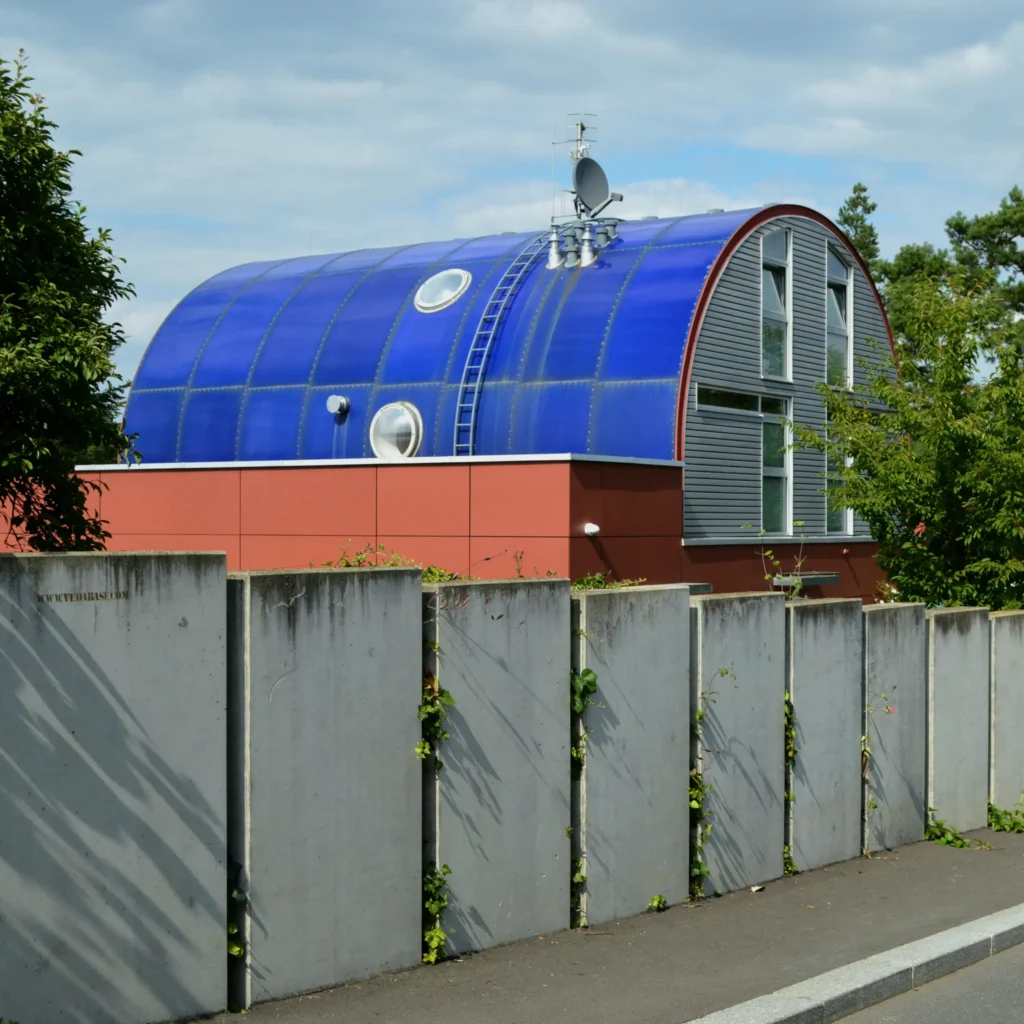
Prager’s Villa
Architect: Karel Prager
Year of completion: 1983
Prager, born in Kroměříž in 1923, received his higher education at the Czech Technical University in Prague. After a brief period in Ostrava, he returned to Prague and started working for Stavoprojekt. Later, he became the director of Ateliér Gama, which was part of the Association of Project Studios founded by prominent Czechoslovak architects. However, during the normalization period, the regime did not approve of the existence of non-state associations, and the individual studios had to submit to the state. Prager, however, continued to lead his studio. And what place did he consider his home? It was Braník. The villa with a view of Prague may not initially reflect his typical style. The original cubic structure from 1968 was supplemented by his son-in-law, architect Jan Louda, with a roof extension made of a steel shell in the shape of a split cylinder.
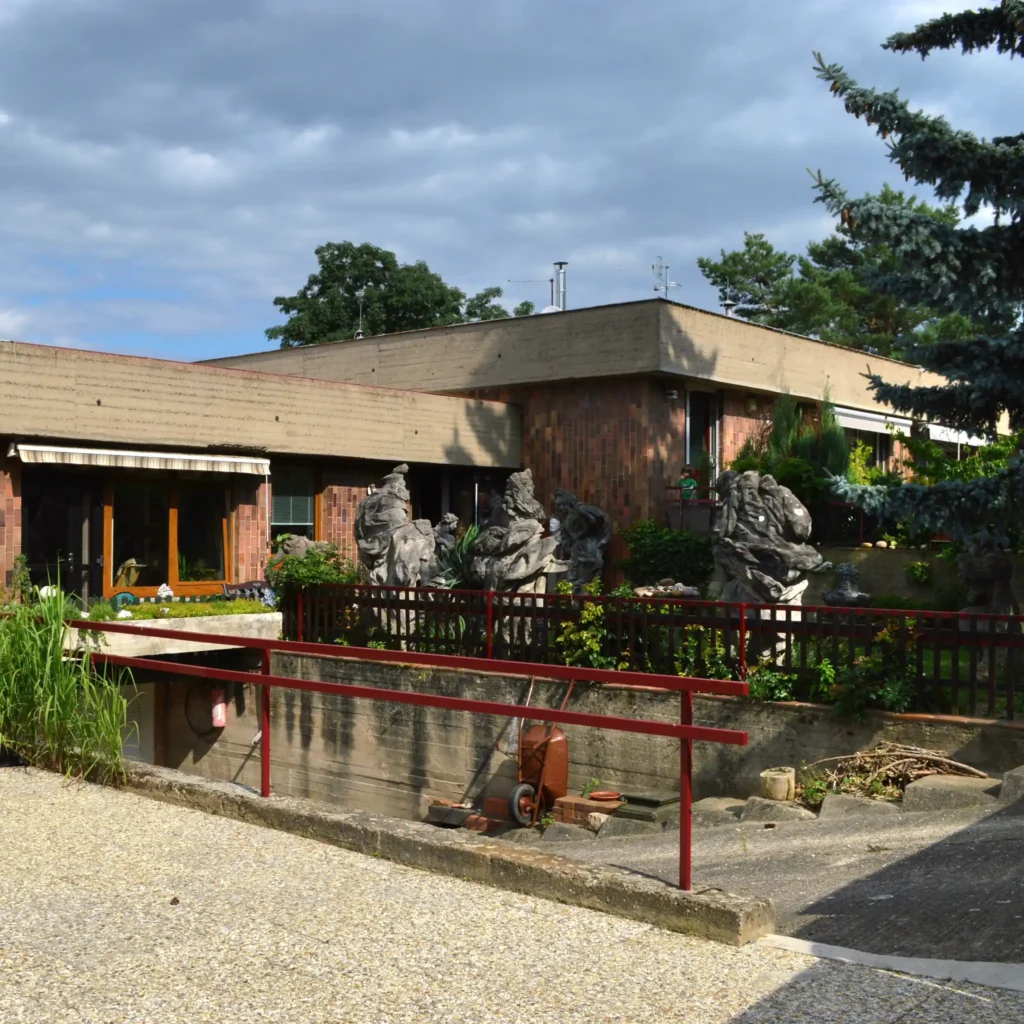
Cooperative for the Construction of Family Houses with Studios
Architect: Karel Prager
Year of completion: 1976
From the 1960s to the 1980s, a large number of self-built family houses were constructed. A significant phenomenon was the development of family house colonies, then called “low-rise mass construction,” which were often associated with the emergence of cooperative housing. Cooperatives, formed by a group of people, shared the costs of construction and were able to build colonies even in areas unsuitable for large-scale panel structures. As a result, these colonies are often found in locations with challenging terrain. One such unique colony was created in Braník, built by a cooperative primarily composed of visual artists. Seven row houses and four individual houses were designed by the architect Prager, and although each building is slightly different, they all share a similar expression – residential lower floors with studios mostly on the second floor overlooking the garden. The façade is made of exposed concrete and clinker cladding. The colony area is defined by a visually striking concrete wall punctuated with red entrances and gateways. Artists such as Helena Trubáčková, Vladimír Preclík, Zdena Fibichová, and the Havelka couple lived (or still live) in the individual houses.

Garden route

Feminist route
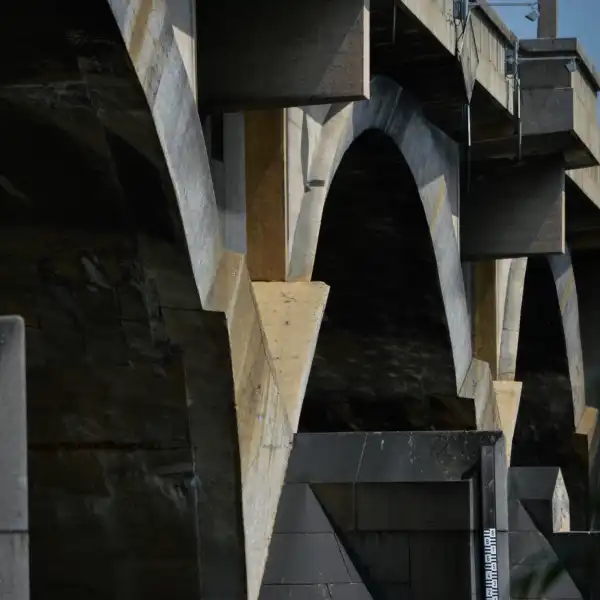
Bridge Route
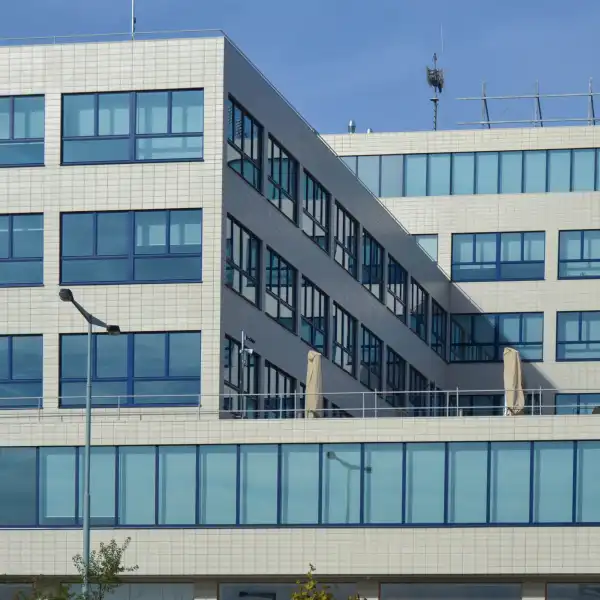
Functionalist Route

Passage Route
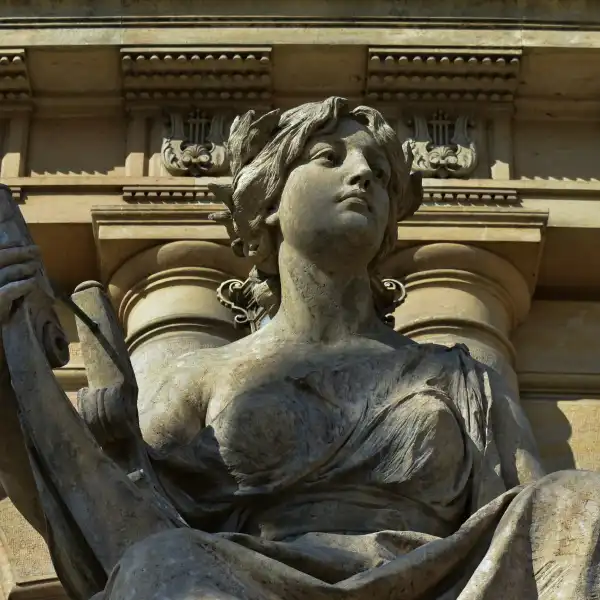
Music Route

Church Route (1930s)

Inner Courtyard Route

Glass Route

Empty Route

Literary Route

Brutalist route
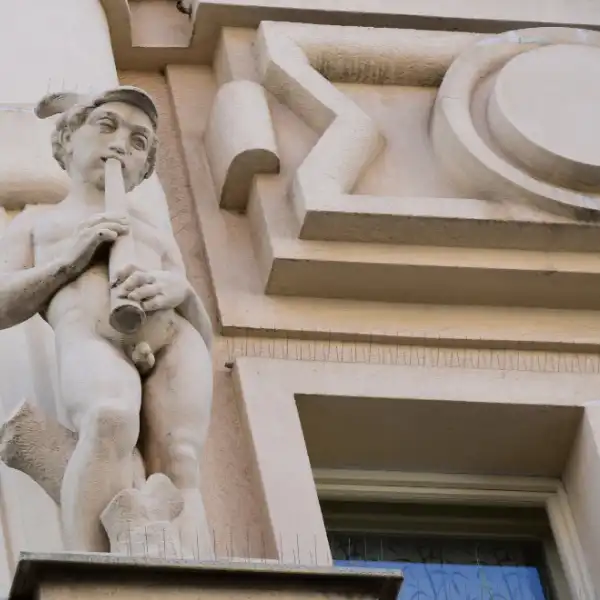
Rondocubist route
